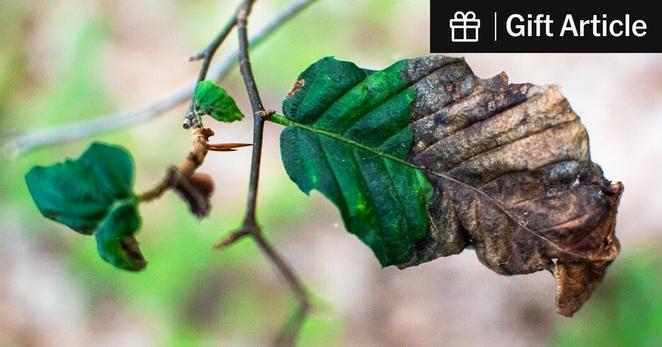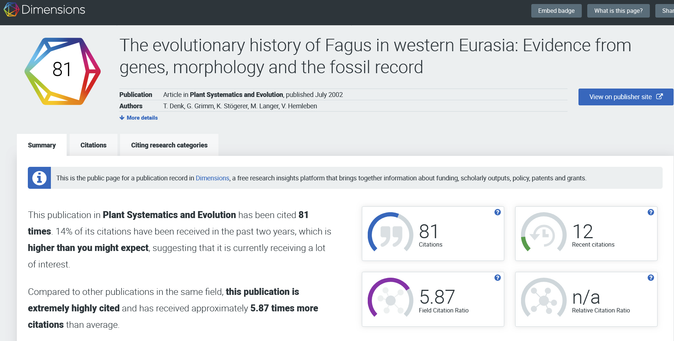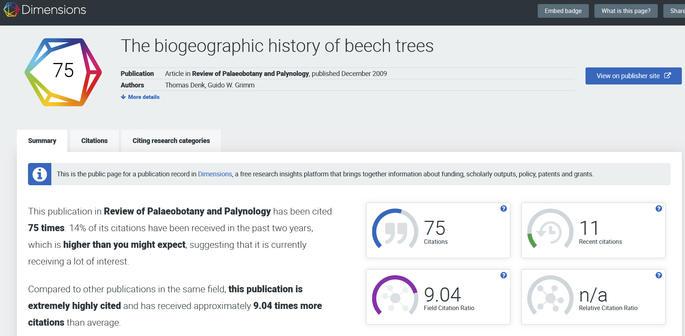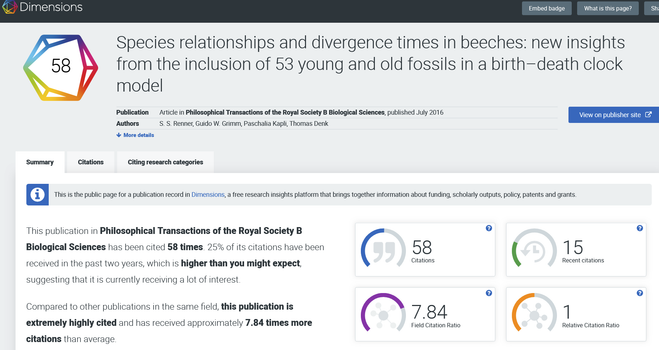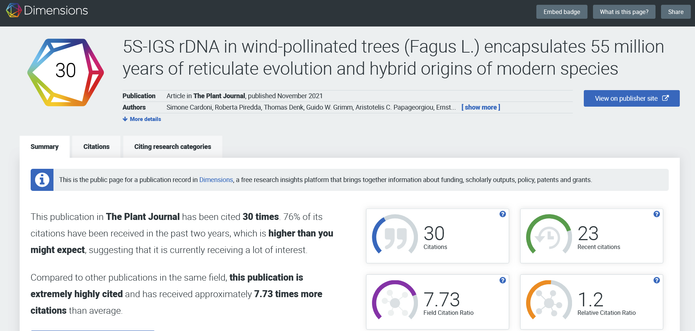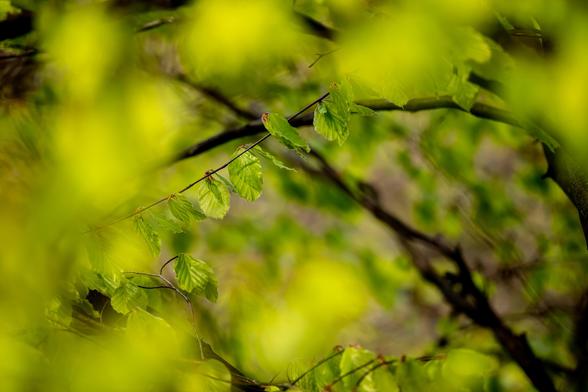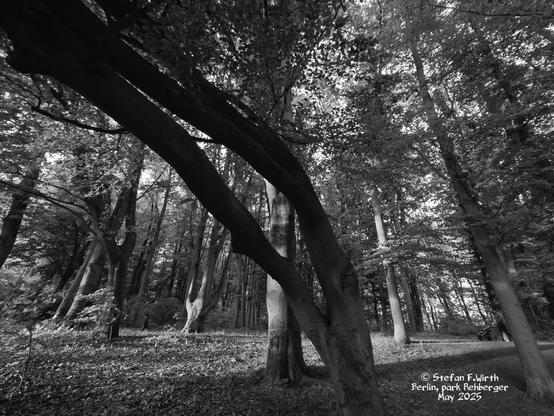@academicchatter
https://en.m.wikipedia.org/wiki/Fagus_orientalis
#Forests #Ecology #Fagus #ClimateChange
The unfiltered paper, with all the major deficits outlined by Kong's/New Phyt's #PeerReview experts still in it, is now online on bioRvix.
Worth et al. Whole #chloroplast #Genomes reveal a complex genetic legacy of #LostLineages, past radiations and #SecondaryContacts in the dominant temperate deciduous tree genus #Fagus
https://doi.org/10.1101/2025.06.03.653586
Being not limited, we moved a few more figures from the supplement to the main text 😎
https://figshare.com/projects/Supplement_to_Worth_et_al_2025_Reticulate_history_of_beech/251480
No major player, but impact we generate with beeches 😎
The #Europeanbeech #Fagus #sylvatica (#Fagaceae) is considered a very original #faunalelement of #CentralEurope and is still the most common tree in native #mixedforests. The #tree can live up to 300 years. During the last #IceAge, this tree species was only found in #refuges in #SouthernEurope, from where it subsequently spread northward again. #biodiversity #trees
© #StefanFWirth #Berlin, #Rehberge #Park, May 2025.
Photos: European beech forest in urban park Rehberge Berlin, © S.F. Wirth
The glorious detail of Tasmania’s native deciduous beech.
Shot in the off season, and treated with an artistic colour wash, these leaves will soon make way for the spring growth.
Fresh green buds forming, pushing the russet red leaves to carpet the sodden ground.
Limited edition
This work is currently in its last week on show at the @wildernessgallery cradle mountain and is also available on the website.
I’m heading up this week to pack the show down and as luck would have it… the timing lines up with the turning of these leaves for their autumn show! Can’t wait to snap some new pics and see what I find out in the wild 🖤
Visit 🔗 in bio..
✨🖤✨
#fagustasmania #deciduousbeech #beech #fagus #cradlemountain #cradlemountainnationalpark #alpine #tasmania #nature #wilderness #wildernessculture #wildthings #limitededition #limitededitionprints #wildernessgallery

